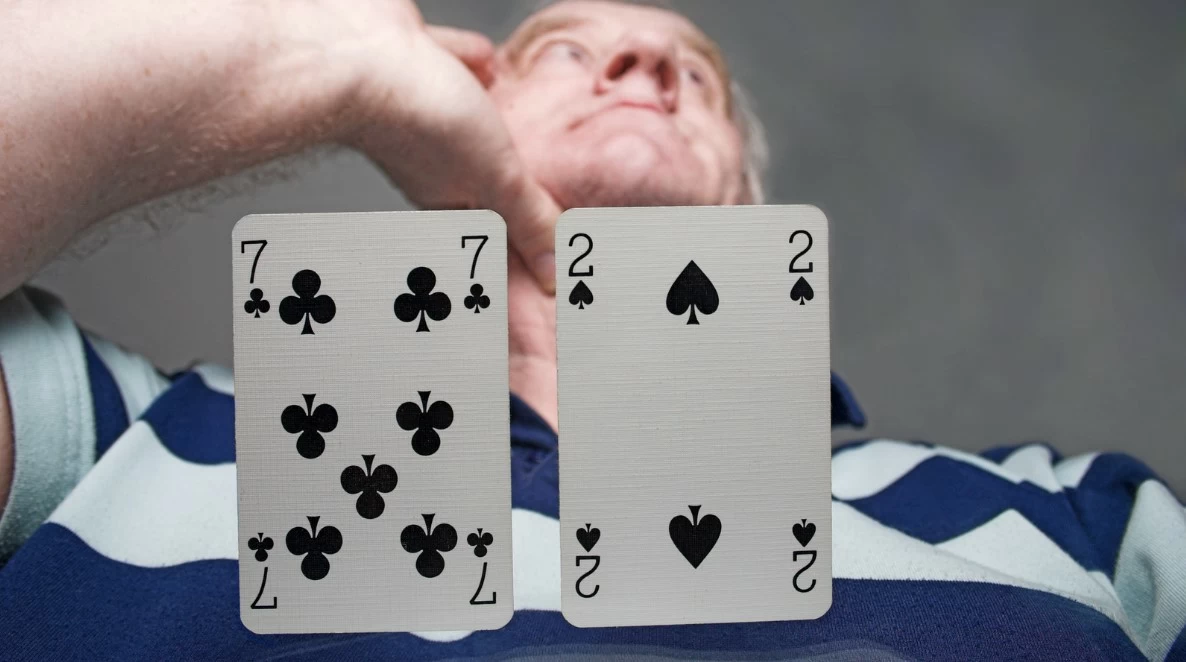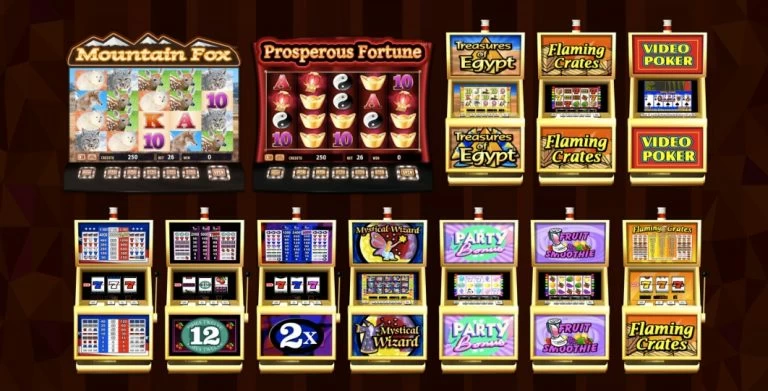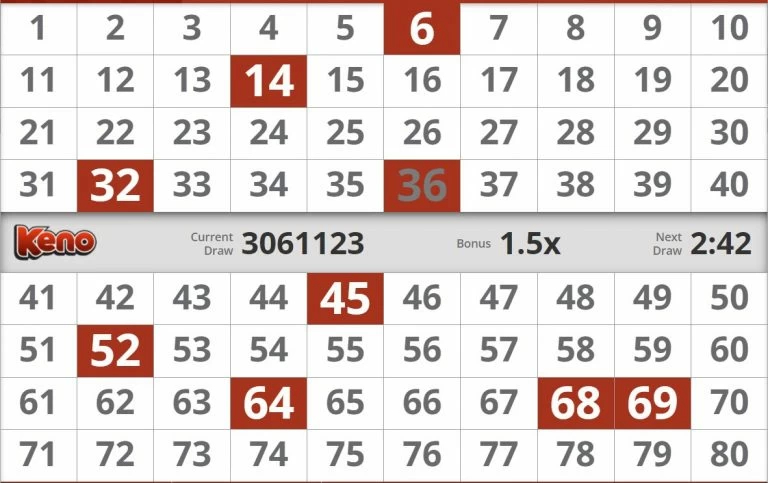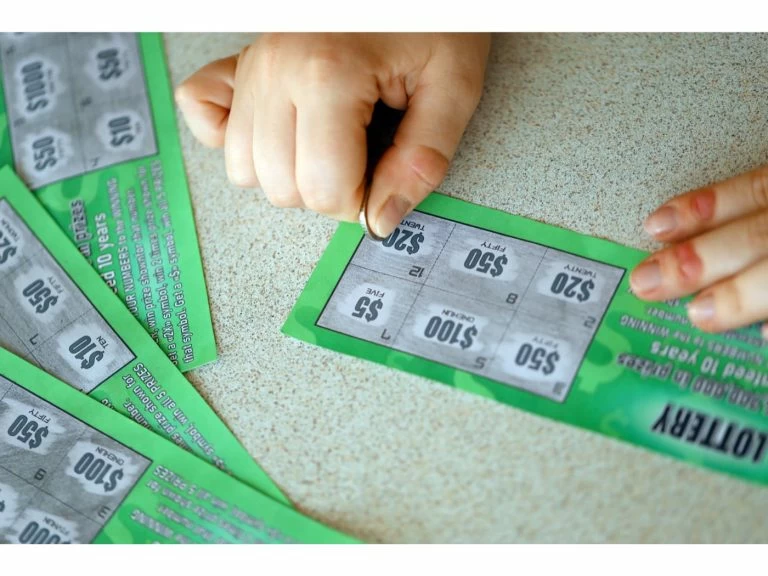How to Bluff in Online Poker Games
So you’ve been playing online poker for a while now and you’re starting to feel like you’ve plateaued a bit. Your game is solid but you find yourself wondering if there’s another level you can reach. Well my friend, adding an element of deception to your strategy through strategic bluffing could be just what takes you to the next level.
Bluffing is a bit of an art form in poker. It requires finesse, psychological awareness of your opponents, and guts to pull off convincingly. The good news is with some study and practice, bluffing can become a powerful weapon in your arsenal. So if you’re ready to expand your skills, read on for some of my best tips on how to start honing your poker face and pulling off profitable bluffs in online games.
One key thing to understand is that bluffing successfully in online games versus live games is quite different. With no physical tells to read, you have to rely more on stats, math, and opponents’ betting tendencies. Get to know other players at your tables by paying attention to things like their 3-bet premium, call down lightweight with air, etc. Build a mental profile of each player’s strengths and tendencies. This info will help you select ideal targets and realize which bluffs are +EV.
A common mistake beginner bluffers make is trying to bluff too much. You don’t want to establish a reputation as the “bluffer”. Select bluffing spots carefully based on your read and board texture. As a general rule, bluff about 10-15% of the time max unless your read is especially strong. And avoid obvious bluff catchers like obvious draws on obvious bluff boards.
When you do bluff, make it look believably like you could have a made hand. Lead out or raise with top pair weak kicker types of holdings. Try to represent a wider value range than your actual hand. Don’t give your opponents an easy fold – make them second guess and put some chips in the pot.
Another key thing is following through on your story. Make sure to c-bet or double barrel when checked for value. Don’t chicken out at the first resistance. You have to be willing to get called sometimes to keep your bluffs credible long term. But know when to fold to a re-raise – that’s a good sign you were caught. Learn from what worked and didn’t to refine your selection and sizing.
Master the art of table talk. Throw out occasional tidbits about your hand or reads that add to your image. Things like “I think he’s on a draw” or “I hit my gutshot!” can help sell your story whether you hit or not. Pay attention to others’ table talk too for clues on who might be easier to manipulate with some sophisticated deception.
1. Understand the Game Dynamics
Before you even consider bluffing, ensure you’re thoroughly familiar with the game’s rules, strategies, and common player behaviors.
2. Establish a Consistent Image
Create an online “persona”. Are you aggressive, always raising, or are you conservative, frequently calling? Once you’ve established a pattern, you can use it to mislead your opponents.
3. Choose Your Moments
Don’t bluff for the sake of bluffing. It should be a calculated move. Bluff when you sense hesitation or fear in your opponents, not when they’re showing signs of strength.
4. Note Player Patterns
Just as you establish an image, so do your opponents. Track their behaviors. Players who are frequently folding might be easier to bluff than those consistently raising or calling.
5. Semi-bluff Strategically
A semi-bluff is when you bluff, but there’s still a chance you could make a winning hand with subsequent cards. This strategy can be effective because, even if your bluff is called, you’re not entirely out of the game.
6. Manage Your Bankroll
Your stack size can be used as a bluffing tool. A big bet from a substantial stack can intimidate players into folding, but remember, this is a riskier strategy.
7. Use the Chat Feature Sparingly
If the online platform has a chat feature, avoid giving away any emotions or hints. Some players like to use chat as a bluffing strategy, pretending to be more inexperienced than they are, but this can backfire if overused.
8. Pay Attention to Betting Speed
If a player takes a long time and then raises, they might be pretending to have a weak hand. Conversely, a quick bet might indicate a strong hand. Use these cues to inform your bluffing strategy.
9. Be Unpredictable
If you bluff too often, opponents will catch on. If you never bluff, you become too predictable and easy to read. Find a balance to keep opponents on their toes.
10. Recognize When You’ve Been Caught
If you’re called on a bluff, gracefully accept the loss. This can even work in your favor, as next time you might have a strong hand and opponents could perceive it as another bluff.
11. Practice
The more you play, the better you’ll get at recognizing opportunities to bluff and sensing when opponents are bluffing.
There’s no substitute for experience, so start with small stakes and simple bluffing spots as you build confidence. Analyze results over large samples to refine your approach. With dedicated practice and study, you’ll be leaving opponents guessing at your true strength in no time. Taking that next step to incorporate profitable bluffs could be the advancement that puts you over the top. Good luck out there and happy bluffing!






